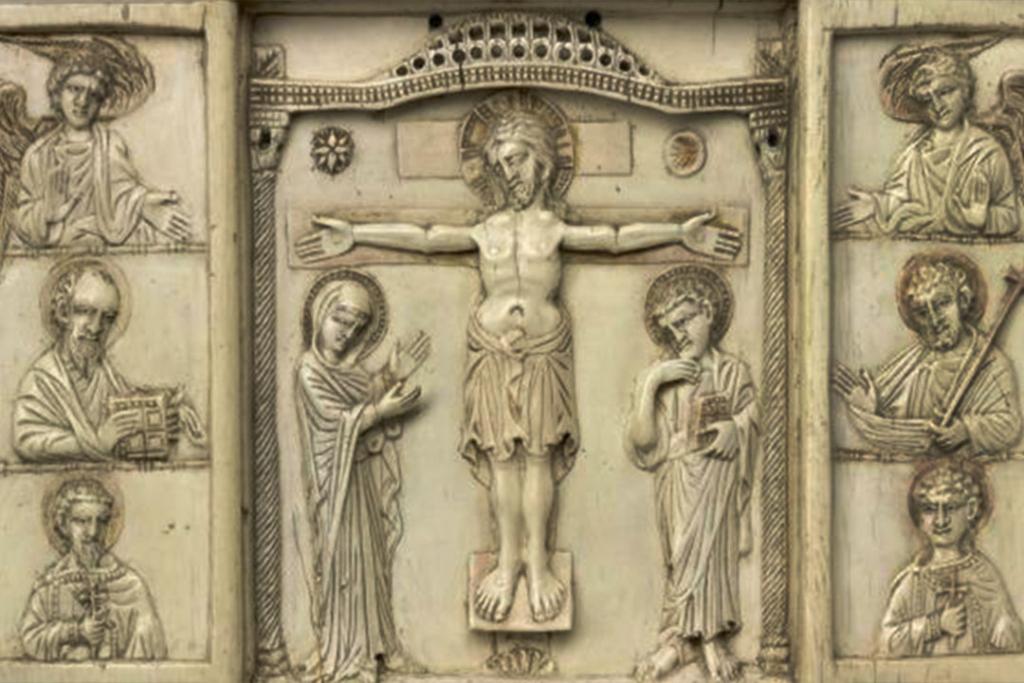
Ivories collection
This significant collection of ancient ivories was established by Joseph Mayer by 1867. Discover where these important objects were made, their intended use and history.
This is part of the British and European collection.
What's in it?
In this collection of ancient ivories you can discover carved objects dating from the 4th century AD to the late 12th century AD, covering the Late Antique, Early Medieval, Byzantine and Romanesque periods in Europe.
The collection is one of the most significant in the UK alongside those of the Victoria & Albert and British Museums in London. It is historically representative and includes pieces of the finest ivories.
Brief history of the collection
The collection is predominantly that formed by Joseph Mayer, a Liverpool jeweller and goldsmith, in the mid-19th century and presented to the then town of Liverpool in 1867. The majority of Mayer’s collection was originally collected by the Hungarian Gabor Fejérváry, which in 1851 passed to his nephew Ferenc Pulszky, exiled in London following the Hungarian revolution of 1848. The ivories were offered for sale by Pulszky in 1855, initially to the British Museum, who declined on grounds of cost. A few months later, the money was found by Joseph Mayer, who displayed the ivories in his museum in Colquitt Street, Liverpool, together with other ivories acquired by Mayer, prior to his gift of 1867.
A few additions to the ivories collection of Liverpool Museum (now World Museum) were made from 1956, from collections also formed in the 19th century and early 20th century.
Ivory today
All of the ivories in our collection are antiques. Trade in ivory was banned in 1989 by the United Nations Convention on International Trade in Endangered Species of Wild Fauna and Flora (CITES), to help protect endangered species, particularly elephants.
